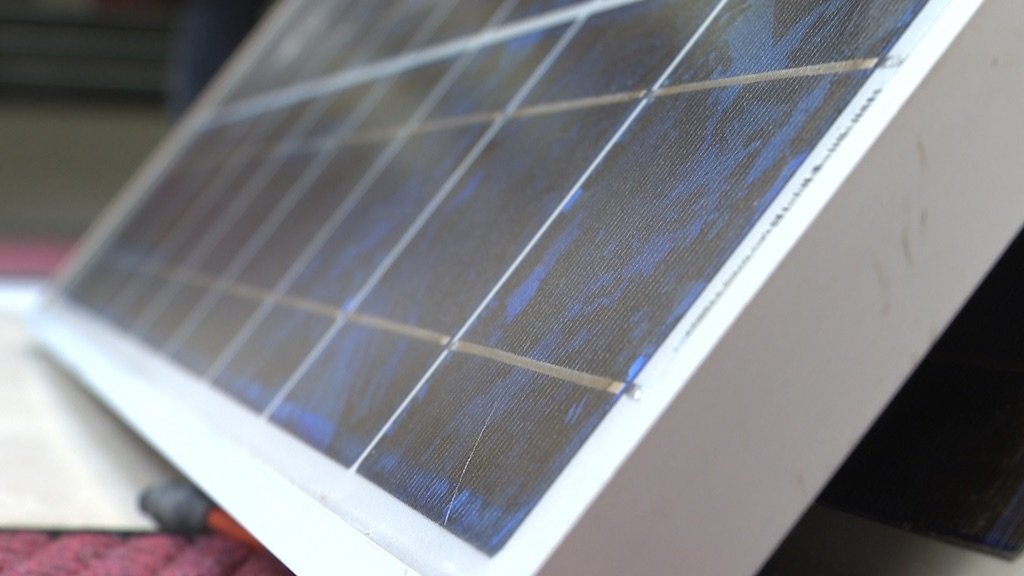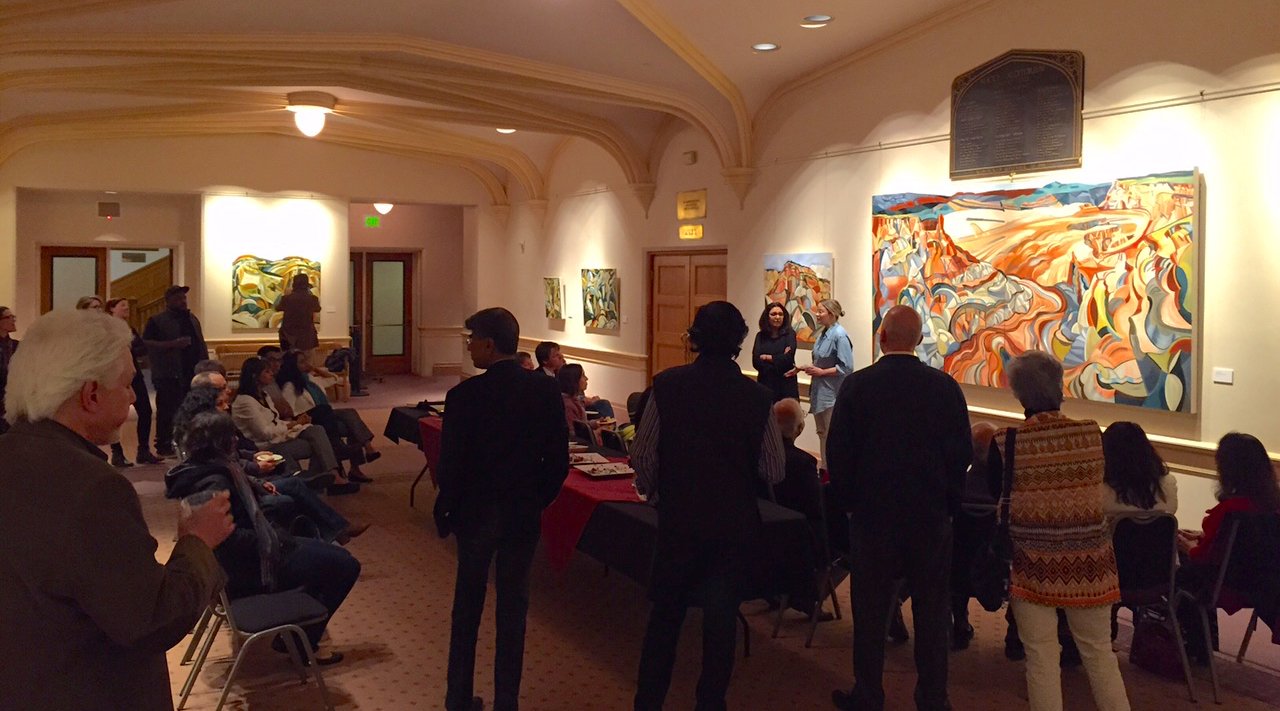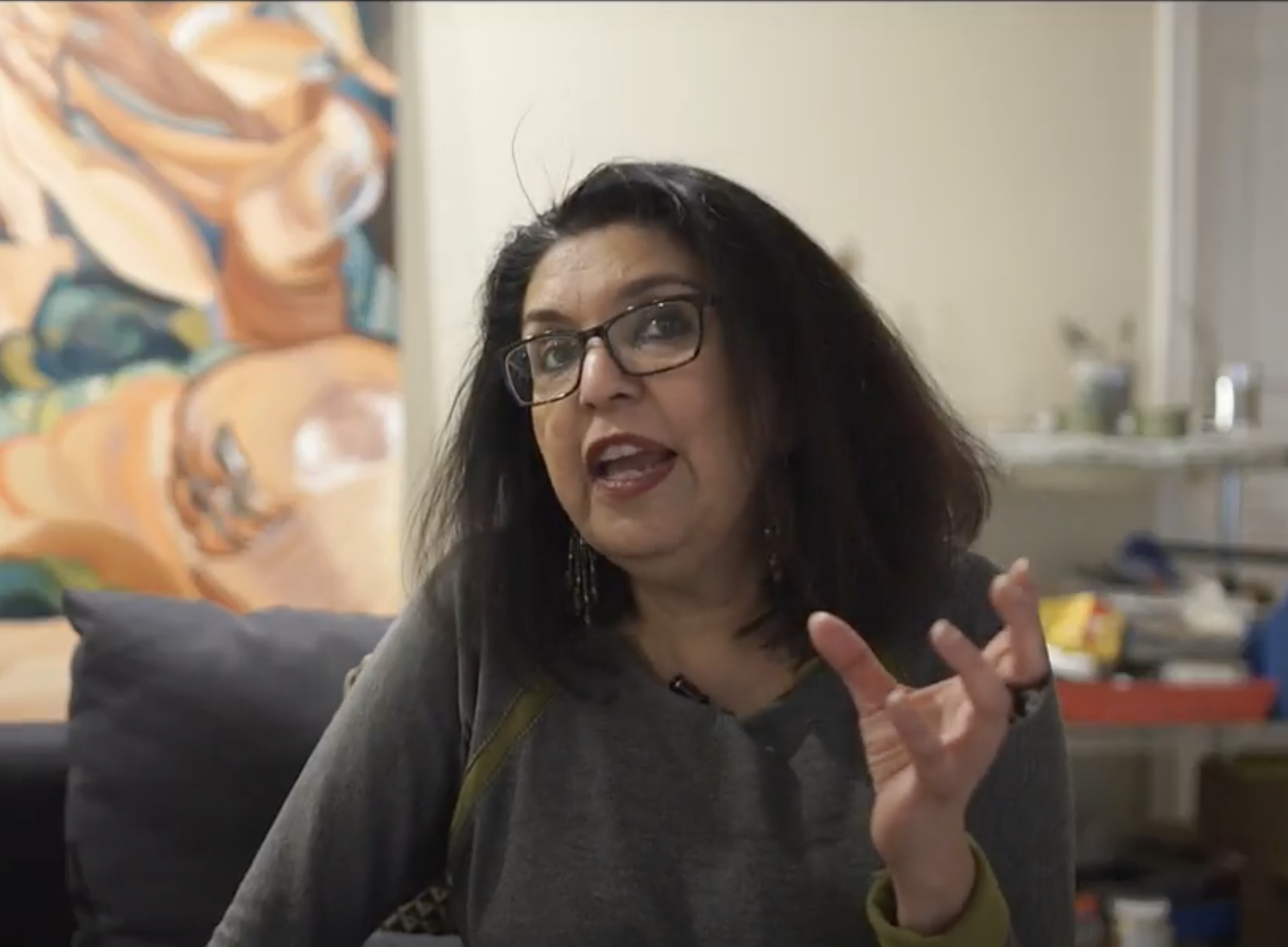Recent Acquisitions
Denver Art Museum, Denver, CO, Permanent Collection
Littleton Museum, Littleton, CO, Permanent Collection
Lighthouse Writers Workshop, Denver, CO, Permanent Collection
Exhibitions and Events - 2023
Solo Exhibition at Kadari Art Gallery, Jubilee Hills, Hyderabad, India December 7th 2023 - Jan 14th 2024
Artnauts, Art on Solar Panels for Ukraine, 2023
”Resilience”, Artnauts in Sarajevo 2024
“Crossing Borders”, Group Show, 40 West Gallery, Collaboration between Pink Progression and Athena Project
“Remains” by Artnauts History Museum, Sarajevo, Croatia
“Resonance”, Joe Anderies Jazz quintet album cover, Denver Inaugural Show Lighthouse Writers Workshop, Denver
Artnauts in Sarajevo
“Reslience” (below) is a piece done for an exhibition in 2024, in Sarajevo. RESILIENCE, Sarajevo, Winter Arts Festival
February 2024, Burch University, Curator: Dr. George Rivera
Artnauts in Ukraine
Installation at the Lighthouse Writers Workshop, Denver, CO - June, 2023
Ship Rock, Utah #5
Boulder Museum of Contemporary Art
Fractured Landscapes of the West, was an exhibition for the Boulder Museum of Contemporary Art, at Boulder, CO. The exhibit was curated by Mardee Goff and was held May 3-May 29, 2016 at Macky Auditorium in Boulder, CO. Fractured Landscapes of the West features a series of landscape paintings by Denver-based, Indian-born artist Sangeeta Reddy. The large and small-scale paintings illuminate the striking and complex landscapes of Colorado, New Mexico, and Utah through a vast range of colors that fade from dark to light. Reddy’s representations of the different natural formations found in the mountains, valleys, canyons, and deserts across the Colorado Plateau become almost abstract as she renders rock forms, riverbeds, and geological strata with a bold color palette and stylized shapes. The flexibility and movement found in Reddy’s geometric gestures reflect the constant changes of the natural world. Powerfully captured on canvas, Reddy’s imagery evokes the erosion that sculpted mountains from the earth, the growth and decay of plant life, and the ebb and flow of rivers that evolve and dissolve through time. Her works highlight the sublime nature of these western landscapes, both bizarre and beautiful, and stimulates curiosity concerning the past, present, and future of our environment.
Photos from the opening of “Fractured Lanscapes of the West”,Boulder Museum of Contemporary Art, photo credit: Richard Alden Peterson for BMOCA
From The Smithsonian Asian Pacific American Center, Washington DC, United States
Most of last 26 years of my artistic life has been spent on abstract imagery. More recently, however, I have been mulling over more figurative concepts—political/social commentary, trying to figure out how it would all come together. The Smithsonian project gave me the opportunity to really explore a theme close to my heart and discover new narrative pathways in my creative process, giving rise to further hybrid ideas.
The imagery in “Goddess Liberty – Ascendent” reflects a coming together of two powerful images, one of freedom and shelter in the Statue of Liberty, the other of wealth and prosperity in the eight-armed Indian goddess, Lakshmi, the consort of Vishnu. The heroic Statue of Liberty is a modestly dressed beacon of hope and in stark contrast to the voluptuous Lakshmi. The two could not be the products of more dissimilar cultures. This coming together of the two images—one photographic, the other painted—is an uneasy co-existence, much as life is for H-1B visa holders. In this vein, I have made little attempt to smooth over the edges where the two figures come together: the figures are literally butted up together. The eight arms of the composite figure bear temporary “gifts” or “prizes” sought by immigrants clamoring at the gate. Rather than being rooted firmly to the ground, the Goddess floats and seems to hover, ascending, almost, inside an exotic lotus, the traditional seat for Lakshmi.
Goddess Liberty - Ascendent
The immigrants for whom the Statue of Liberty was originally erected were mostly European. Since the second half of the century however, the faces have changed, and the ports of entry are numerous. Work permits and temporary visas like the H-1B have proven to be convenient, particularly since 2000. By virtue of the temporary commitment, the melting pot has morphed into something rather more "collaged".
The H-1B Visa is the most prominent one of all the temporary visas that Indians and other South Asians can apply for. But those “gifts” or “promises” for temporary immigrants, unlike those applying for permanent residence, are illusory in nature, giving a taste, an inkling of the possibilities in such a life. What is fulfilled is the temporary need of skilled workers to offset imbalances in the economy. What is troubling is the rise of a sort of mercenary labor force that will never have the chance to integrate, that may be “welcomed” and tolerated and even, for some time, feel like valuable additions to the economy, but will more often than not look if not feel foreign and at odds with the seamless culture, and when their tenure is over, may turn into permanent nomads.















